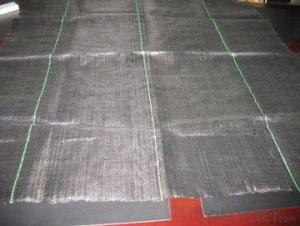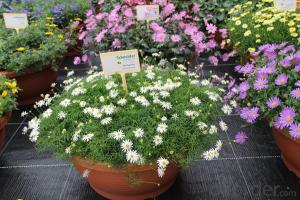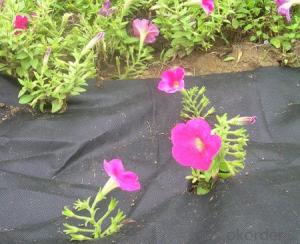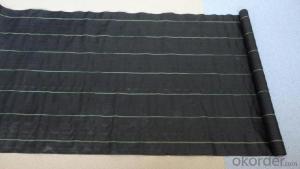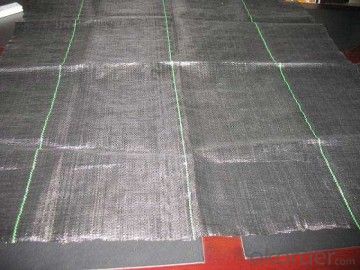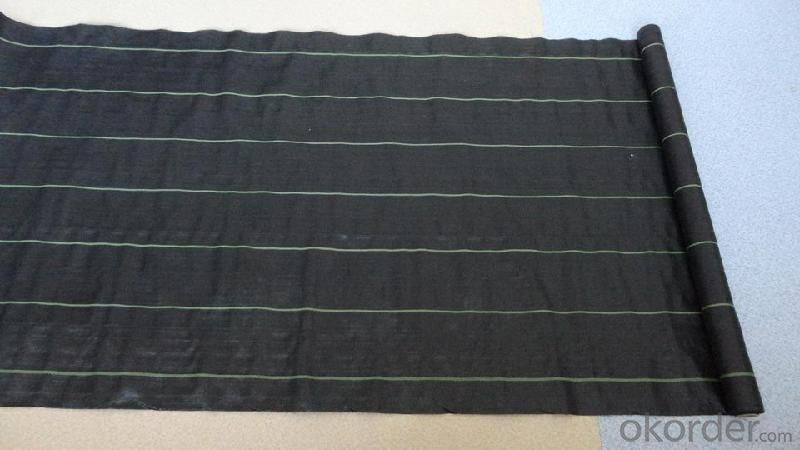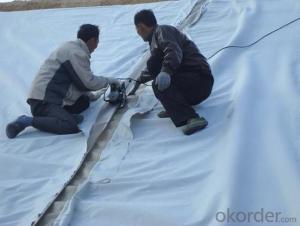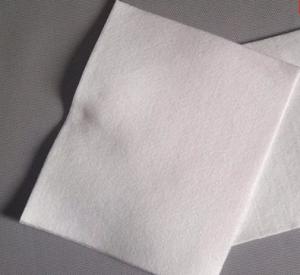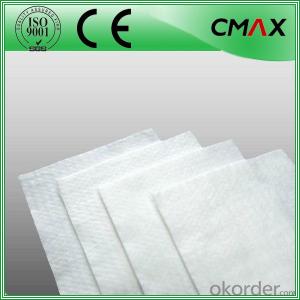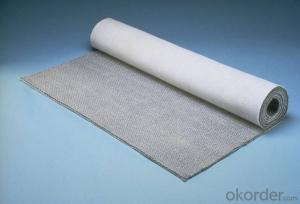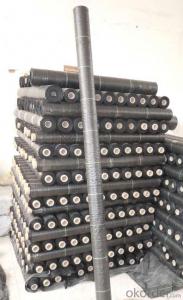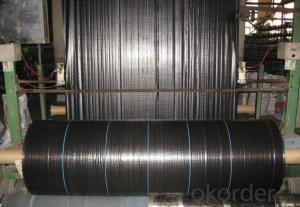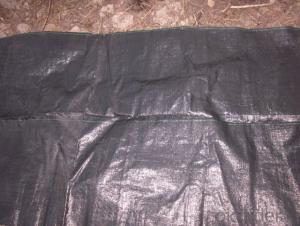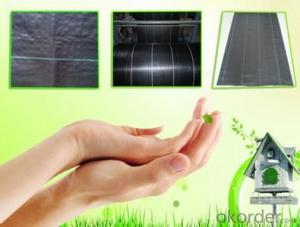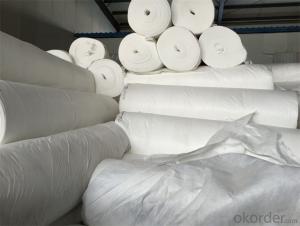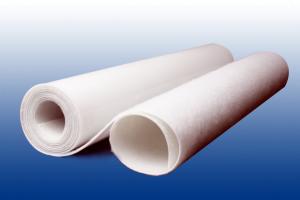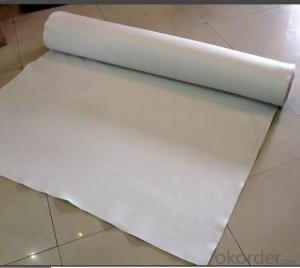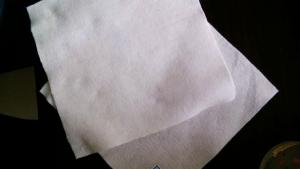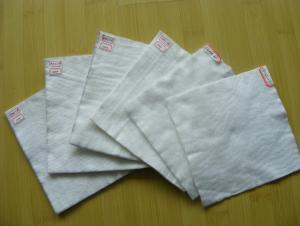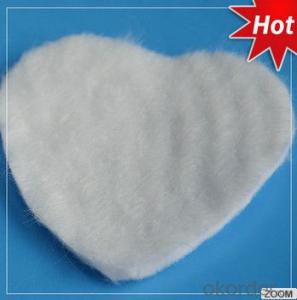Non Woven Geotextile Specification for Agricultural UV Nonwoven Fabric as Weed Control Mat, Anti Grass Cloth, Plant Cover
- Loading Port:
- Qingdao
- Payment Terms:
- TT OR LC
- Min Order Qty:
- 500 m²
- Supply Capability:
- 500000 m²/month
OKorder Service Pledge
OKorder Financial Service
You Might Also Like
Product Description
The weed control mat is made of environmentally friendly raw materials, pp woven fabric. It used to prevent the growth of weed, without the use of potentially dangerous chemical sprays or labor intensive hoeing. Once installed, weed mat will continue providing protection for years without maintenance.
They are permeable fabrics, which allow air, water and nutrients to pass through, and designed to block out the sun to reduce photosynthesis and stop weed growth.
Specification
ROPERTY | ASTM TEST METHOD | Minimum Average | Minimum Average |
Mass per unit Area | ASTM D-5261 | 3.0 oz/yd2 | 100 g/m2 |
Grab Tensile | ASTM D-4632 | 145 lbs | 660 N |
Grab Elongation | ASTM D-4632 | 15% | 15% |
Trapezoid Tear | ASTM D-4533 | 55 lbs | 245 N |
Water Flow Rate | ASTM D-4491 | 5 gal/min/ft2 | 203 L/min/m2 |
UV Resistance | ASTM D-4355 | 70% @ 500 hrs | 70% @ 500 hrs |
ROLL DIMENSIONS | |||
Roll Width | 0.9m (3’) | 1.8m (6') | 2.7m (9') |
Roll Length | 91.4m (300’) | ||
Roll Weight | 8kgs (17lbs) | 16kgs (34lbs) | 24kgs (52bs) |
Features
1. Weed suppressant and drainage control landscaping fabric
2. Easy to use, Environmentally friendly
3. Allows water, air and nutrients through, suppressing weeds without the use of chemicals
4. Reduces the level of watering required due to the slower rate of water evaporation
Application
1. Excellent Weed Control
2. Moisture, fertilizers, air reach plants to allow for healthy soil
3. Good water and air permeability
4. Exceptional toughness and strength
5. Durable, tear-resistant; won't rot or mildew
6. Lightweight, easy to install, follows natural ground contours
7. Ideal for use in landscaped beds, under decks and walkways.
Packaging & Delivery
| Packaging Details: | Packed In Roll Or In Bales Or Cartons Or According To Customers Requirement |
| Delivery Detail: | 20 Days After Order Confirmed |
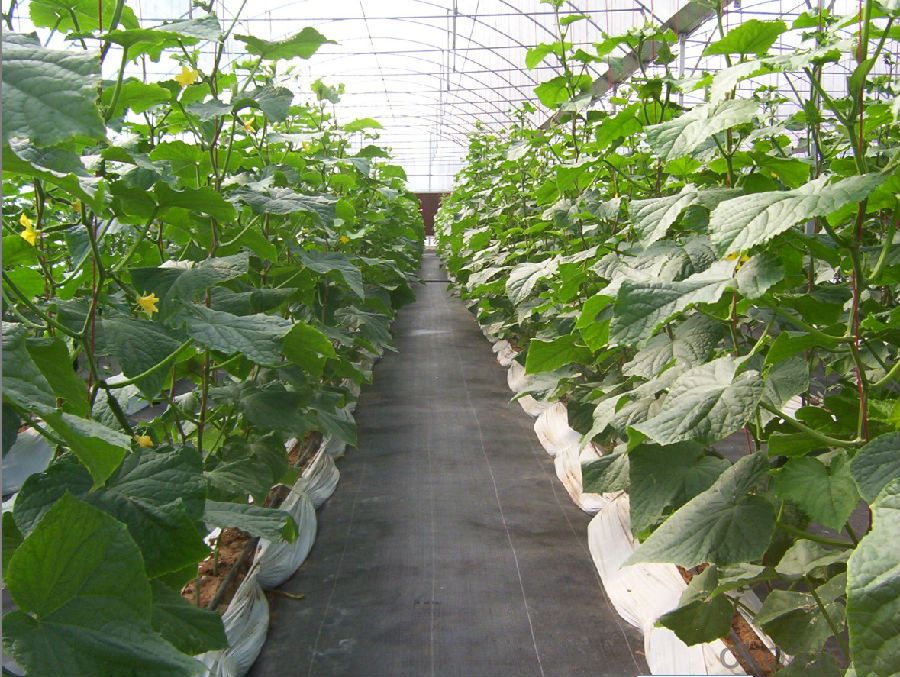
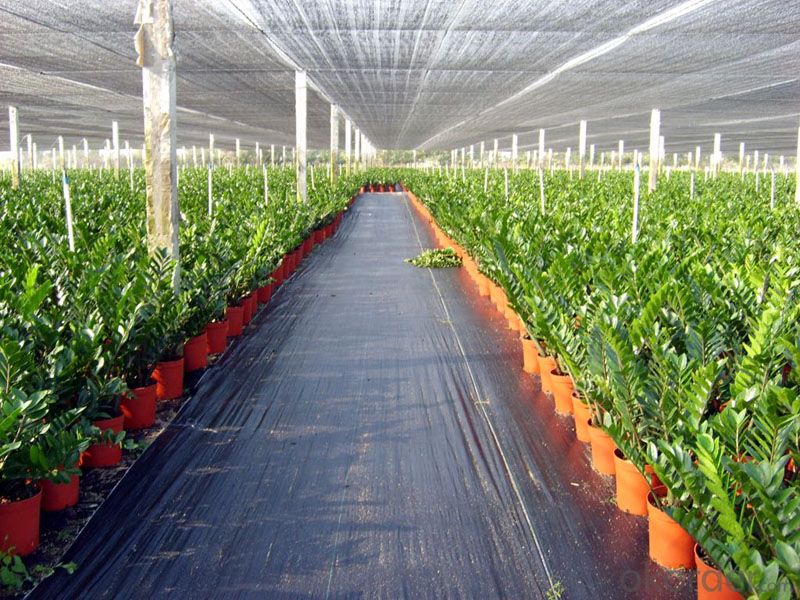
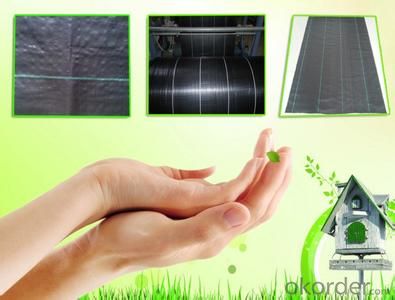
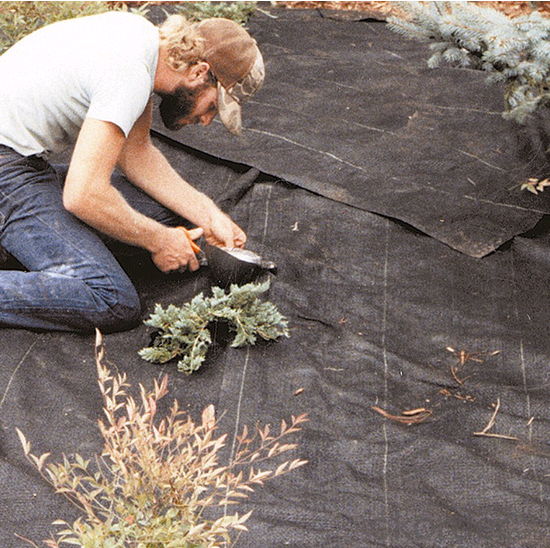
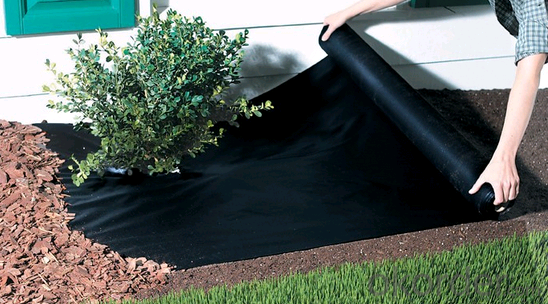
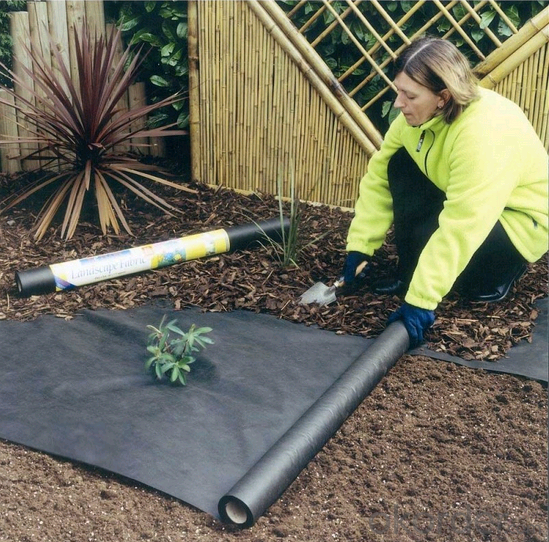
FAQ
1, Samples Policy
Samples are free, but the freight is on customers' charge
Samples will usually be sent out in one day.
2, Prices
As for the prices, we need you to provide us weight, color, width and usage so that
we can quote you best.
3, How to place an order?
Inquiry
Reply
Sample
Contract
Receiving deposit& production
Testing& Packing
Delivery
Receiving
- Q: What are the different installation methods for geotextiles?
- There are several installation methods for geotextiles depending on the specific application and project requirements. Some common methods include loose-laid, anchored, and mechanically stabilized installation. In the loose-laid method, the geotextile is simply placed on the ground surface without any additional fixation. Anchored installation involves securing the geotextile to the ground using stakes, pins, or other fasteners. Mechanically stabilized installation utilizes heavy machinery or equipment to mechanically compact the geotextile into the ground. The choice of installation method depends on factors such as soil conditions, project specifications, and desired performance outcomes.
- Q: Can geotextiles be used in groundwater control?
- Yes, geotextiles can be used in groundwater control. Geotextiles can be employed as a filter to prevent fine particles from clogging drainage systems, as a separator to keep different soil layers distinct, or as a reinforcement to improve the stability of soil structures. In groundwater control, geotextiles are commonly used in applications such as drainage systems, erosion control, and retaining walls to effectively manage and control the movement of groundwater.
- Q: Are geotextiles suitable for use in drainage ditches?
- Yes, geotextiles are suitable for use in drainage ditches. They are commonly used as a filter fabric to prevent soil erosion and retain sediment, while allowing the passage of water. Geotextiles also help in distributing the flow of water evenly throughout the drainage ditch, improving its efficiency and preventing clogging.
- Q: What are the environmental impacts of geotextile production?
- The environmental impacts of geotextile production primarily include energy consumption, greenhouse gas emissions, and waste generation. The production process requires significant amounts of energy, mainly derived from fossil fuels, leading to carbon dioxide emissions and contributing to climate change. Additionally, the extraction and processing of raw materials for geotextiles can result in habitat destruction and soil degradation. Furthermore, the production process generates waste, such as wastewater, air emissions, and solid waste, which can have adverse effects on local ecosystems if not properly managed.
- Q: What are the advantages of using geotextiles in hydraulic applications?
- Geotextiles offer several advantages in hydraulic applications. Firstly, they provide excellent filtration properties, allowing water to pass through while retaining soil particles. This helps in preventing soil erosion and maintaining the stability of hydraulic structures. Secondly, geotextiles act as a barrier against soil migration, reducing the likelihood of clogging or blockage in drainage systems. Additionally, they enhance the overall durability and longevity of hydraulic structures by distributing loads and reducing stress on underlying soils. Lastly, geotextiles are lightweight and easy to install, making them a cost-effective solution for various hydraulic projects.
- Q: what is the function of geotextiles in footing any photos?
- tis like the subway put some liver in ur mouth In the middle of rush hour whore some year old mayonnaise meets yesterdays tuna It’s end of line.!!!!!!!!
- Q: How are geotextiles used in landfill construction?
- Geotextiles are used in landfill construction to provide reinforcement, separation, and filtration functions. They are placed between the layers of soil and waste materials to help prevent soil erosion, enhance the stability of the landfill, and prevent the mixing of different soil layers. Additionally, geotextiles act as a filter to allow the passage of water while preventing the migration of fine particles, thus reducing the risk of contamination.
- Q: How about the geotextile pond
- You said to cover the fish pond, I understand is to build the bottom of the fish pond, but the use is not geotextile, but the composite geomembrane, the film is generally two layers of geotextile in the middle of a layer of geomembrane, , And geomembrane on both sides of the geotextile can prevent the bottom of the sharp objects pierced the geomembrane.
- Q: Can geotextiles be used in underground pipe installation?
- Yes, geotextiles can be used in underground pipe installation. Geotextiles are often used as a protective barrier between the pipe and surrounding soil to prevent soil intrusion, enhance drainage, and provide additional support.
- Q: How do geotextiles improve the performance of geopipes?
- Geotextiles improve the performance of geopipes by acting as a filter and separator between the soil and the pipe. They prevent the intrusion of fine particles into the pipe, which can clog it and reduce its flow capacity. Additionally, geotextiles enhance the stability of the soil around the pipe, preventing soil erosion and maintaining the overall integrity of the system.
Send your message to us
Non Woven Geotextile Specification for Agricultural UV Nonwoven Fabric as Weed Control Mat, Anti Grass Cloth, Plant Cover
- Loading Port:
- Qingdao
- Payment Terms:
- TT OR LC
- Min Order Qty:
- 500 m²
- Supply Capability:
- 500000 m²/month
OKorder Service Pledge
OKorder Financial Service
Similar products
Hot products
Hot Searches
Related keywords
